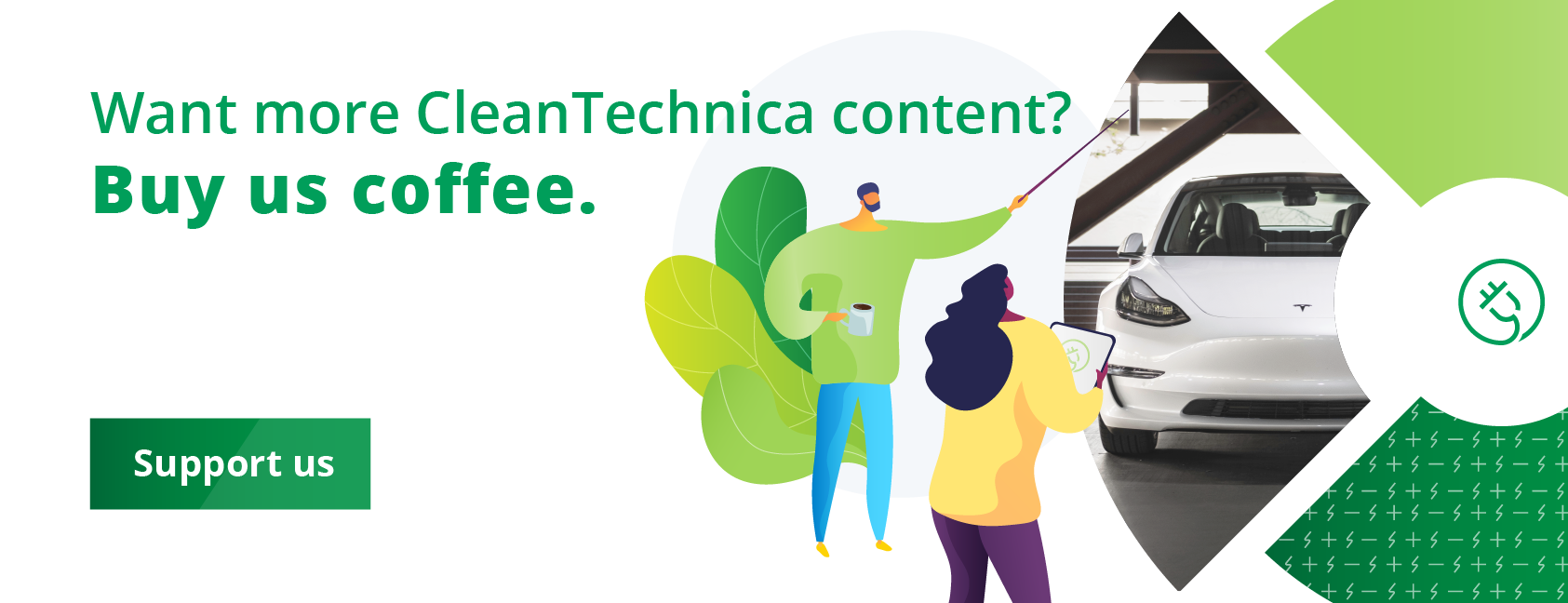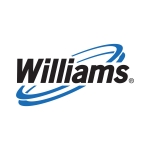
The US locomotive maker Wabtec has been spreading the electric train message far beyond its home base of Pittsburgh, Pennsylvania. That now includes Brazil, where the leading mining firm Vale has just ordered up three of Wabtec’s FLXdrive zero emission locomotives to ply a 550-mile railroad, pulling loads of ore from the world’s biggest iron mine. The two companies also plan on taking a joint dive into the ammonia fuel pond, to boot. Wait, what?
Vale Catches Electric Train Fever, Partly
The three electric locomotives will help decarbonize Vale’s iron ore train on the 550-mile Carajás Railroad (EFC or Estrada de Ferro Carajás in Portuguese). The railway is part of the Greater Carajás Project managed by Vale, the centerpiece of which is the biggest open pit mine of iron ore on Earth, located in the mountainous northern rainforest state of Pará. The train stops at various steel plants along its way to the Atlantic port of Ponta da Madeira, in São Luís (National Geographic has more background on the Carajás Project).
The size of the ore train matches the chore in hand. The trip normally requires three diesel locomotives, and sometimes four, to pull 330 railcars carrying a total of 45,000 tons, making it the longest iron ore train in the world.
Two of the locomotives are “dynamic helpers” that are only needed for part of the route, an uphill climb of about 87 miles in Açailândia, in the state of Maranhão.
The plan is to convert the Vale train into a hybrid. The first of its kind in Brazil, the new train will ditch the two dynamic helpers and replace them with three FLXdrive electric locomotives, leaving just one diesel locomotive to carry the torch for fossil energy.
With an assist from regenerative braking, Wabtec and Vale expect the three electric locomotives to cut 25 million liters of diesel from Vale’s carbon footprint, representing the emissions of about 14,000 passenger cars per year.
Wabtec Shares The Zero Emission Electric Train Love, With Ammonia
The Carajás Railroad represents a significant step up in scale from the route plied by Wabtec’s first electric train in the US, a 139-mile route between Ohio and Pennsylvania. It was also the first ever all-electric locomotive to be used for freight hauling in the US, although it did not fly solo. CleanTechnica made this observation just before the new FLXdrive hit the rails:
“Wabtec’s new battery-electric locomotive…will make its first runs on a 139-mile route from the suburbs of Pittsburgh, Pennsylvania to the town of Conneaut, Ohio, chaperoned by the newest iteration of the company’s fuel efficient diesel locomotives. The diesel-electric combo may disappoint electrification fans, but Wabtec still expects an overall emissions cut of 30%, which is no small potatoes.”
The Carajás Railroad venture follows the same pattern of combining diesel and electric locomotives in one train, but this time around Wabtec is setting its sights on zeroing out emissions entirely. The plan is to convert the remaining diesel engine to run on ammonia. That may take some time. Wabtec and Vale have agreed to collaborate on a joint, two-year study of ammonia fuel, beginning with in-lab assessments.
Performance, emission reductions, and feasibility are all in play, which means that the ammonia fuel idea might not happen after all. However, chances for success are rising as the market for ammonia fuel catches on. “Among the advantages of ammonia is the fact that it allows the locomotive a longer range than other carbon-free fuels. In addition, ammonia has a high-octane rating and an established large-scale distribution infrastructure,” Wabtec notes.
Make That Green Ammonia
Ammonia is a hydrogen-dense molecule, as indicated by the chemical formula NH3, meaning one nitrogen atom and three hydrogen atoms. It could play a pivotal role in the green hydrogen economy of the future, partly by serving as a storage and transportation medium for hydrogen.
“The US Department of Energy is among those eyeing ammonia for improving the cost-efficiency of hydrogen storage and transportation… The challenge is how to crack the hydrogen off when it’s needed, economically and efficiently,” CleanTechnica observed in 2021.
Last March, the Kleinman Center for Energy Policy assessed the situation and provided support for the idea that green hydrogen sourced from water will eventually dominate the market, leading to the creation of a green ammonia industry. However, they indicated that using ammonia as a hydrogen carrier may be overplayed. Still, that leaves the door open for using green ammonia directly as a replacement for diesel and other heavy fuels.
The Kleinman Center also cautioned that ammonia is not a pollution-free fuel, with nitrogen oxide being the primary culprit. A paper published by the science organization Frontiers in 2021 up backs up that assessment. The authors advocate for more research to curb NOx emissions before ammonia goes mainstream as a fuel or fuel mixture.
“NH3 is an attractive alternative fuel candidate to reduce the consumption of fossil fuel and the emission of CO2, soot, and hydrocarbon pollutants, due to its comparable combustion properties, productivities from renewable sources, and storage and transportation by current commercial infrastructure,” the authors note. “However, the combustion properties of NH3 are quite different from conventional hydrocarbon fuels, which highlight the specific difficulties during the application of NH3.”
Nevertheless, the maritime industry has already put itself forth as an early adopter of green ammonia fuel, as noted by the International Energy Agency in a recent report. The global shipping giant Yara, for example, has been experimenting with green ammonia fuel as well as battery-electric cargo vessels.
The railroad industry may not be far behind. Wabtec already has some company in the search to complement its electric train venture with alternative fuels. Last year, the Ammonia Energy Association noted that Fortescue Future Industries is testing two ammonia locomotives on four-stroke diesel engines, following a successful test of blended fuel on two-stroke engines.

Decarbonization Beyond The Mines
The Vale collaboration is just the latest in a series of global moves that Wabtec has made in the mining sector, with Rio Tinto and BHP also jumping on the FLXdrive electric train bandwagon.
The company has also adopted a broader approach to railway decarbonization as a partner in Europe’s Rail Joint Undertaking, which launched in 2021 on a mission to deliver “a high-capacity, flexible, multimodal, sustainable, reliable and integrated EU railway network for European passengers and cargo.” In support of the project, earlier this year Wabtec signed a three-year agreement with the Polytechnic University of Turin, with an eye on securing the next generation of railway innovators and steering the industry towards sustainable solutions.
When can we get one of these for the US? Don’t hold your breath. Signs of a coordinated approach to railroad decarbonization have been emerging, but slowly. Back in 2021, Wabtec joined with Carnegie Mellon University in Pittsburgh and the Genesee & Wyoming railroad to propose the creation of a new Freight Rail Innovation Institute under the US Department of Transportation. A bill to that effect was introduced in the House of Representatives in 2021 and has languished there ever since.
Find me on Threads @tinamcasey. Also Post @tinamcasey, or @TinaMCasey on LinkedIn and Spoutible, or @Casey on Mastadon.
Photo: Wabtec is bringing its electric train technology to Brazil, where three of its FLXdrive electric locomotives will help haul iron ore along a 550-mile route (courtesy of Wabtec).
I don’t like paywalls. You don’t like paywalls. Who likes paywalls? Here at CleanTechnica, we implemented a limited paywall for a while, but it always felt wrong — and it was always tough to decide what we should put behind there. In theory, your most exclusive and best content goes behind a paywall. But then fewer people read it! We just don’t like paywalls, and so we’ve decided to ditch ours. Unfortunately, the media business is still a tough, cut-throat business with tiny margins. It’s a never-ending Olympic challenge to stay above water or even perhaps — gasp — grow. So …
Sign up for daily news updates from CleanTechnica on email. Or follow us on Google News!
Have a tip for CleanTechnica, want to advertise, or want to suggest a guest for our CleanTech Talk podcast? Contact us here.
Former Tesla Battery Expert Leading Lyten Into New Lithium-Sulfur Battery Era:
CleanTechnica uses affiliate links. See our policy here.




